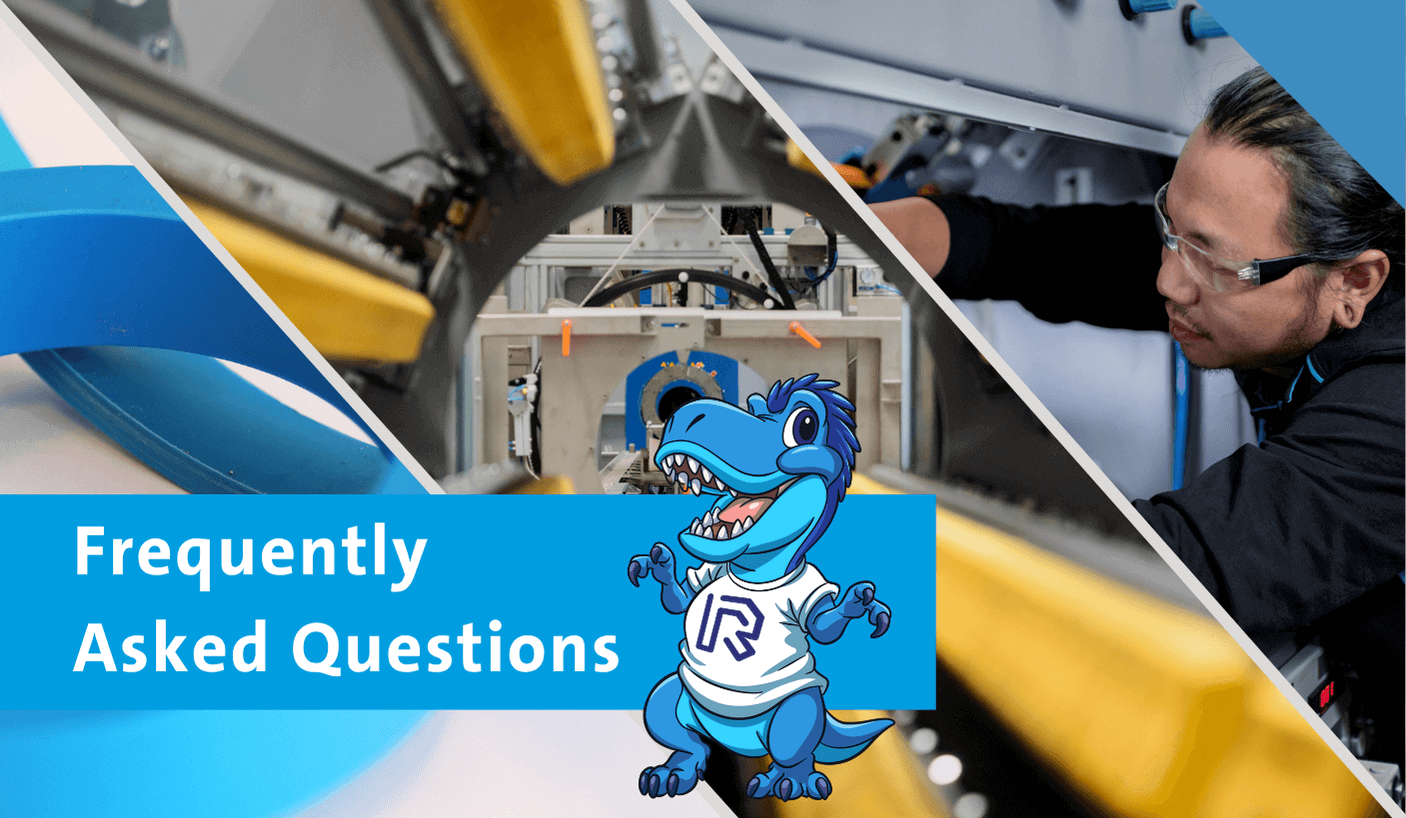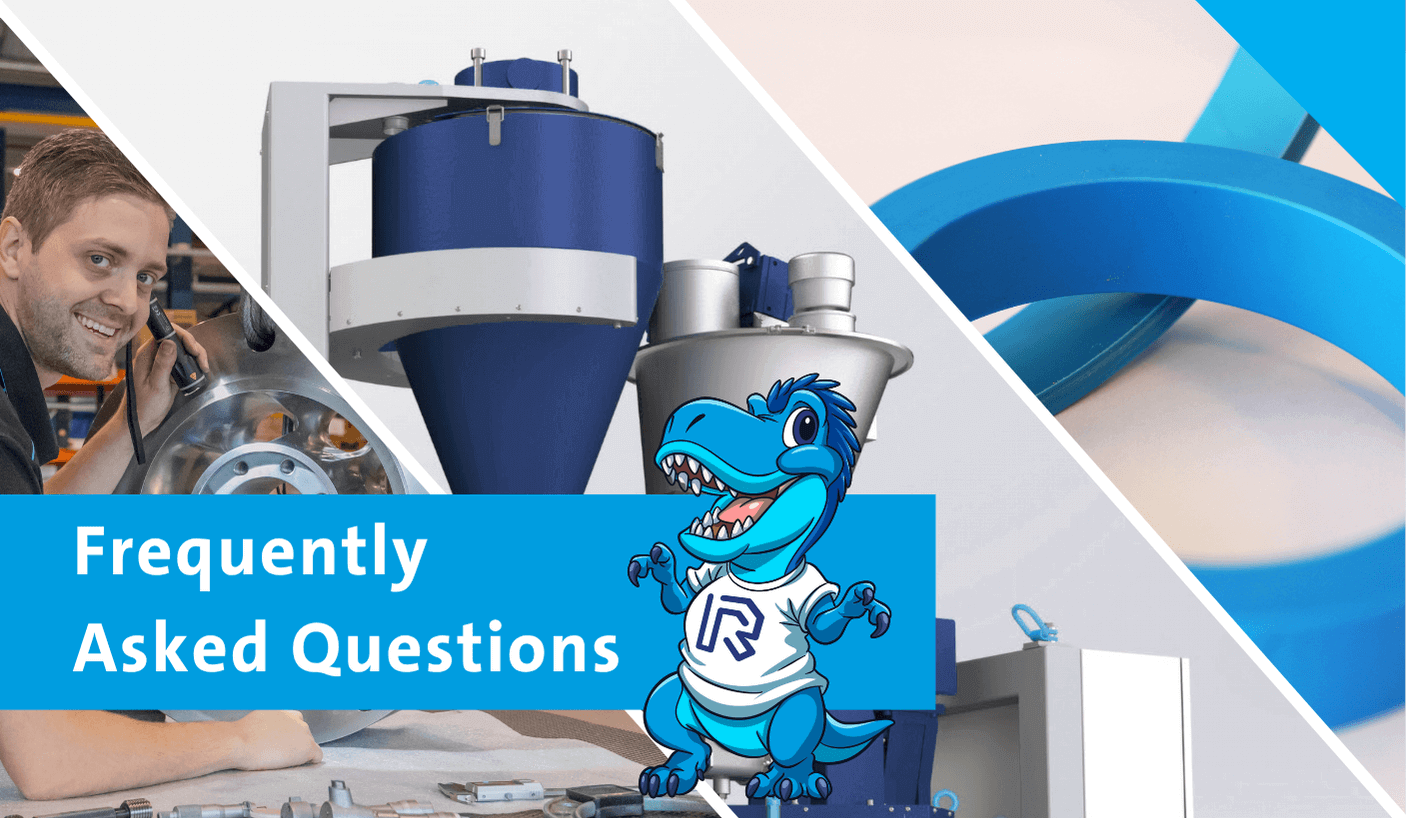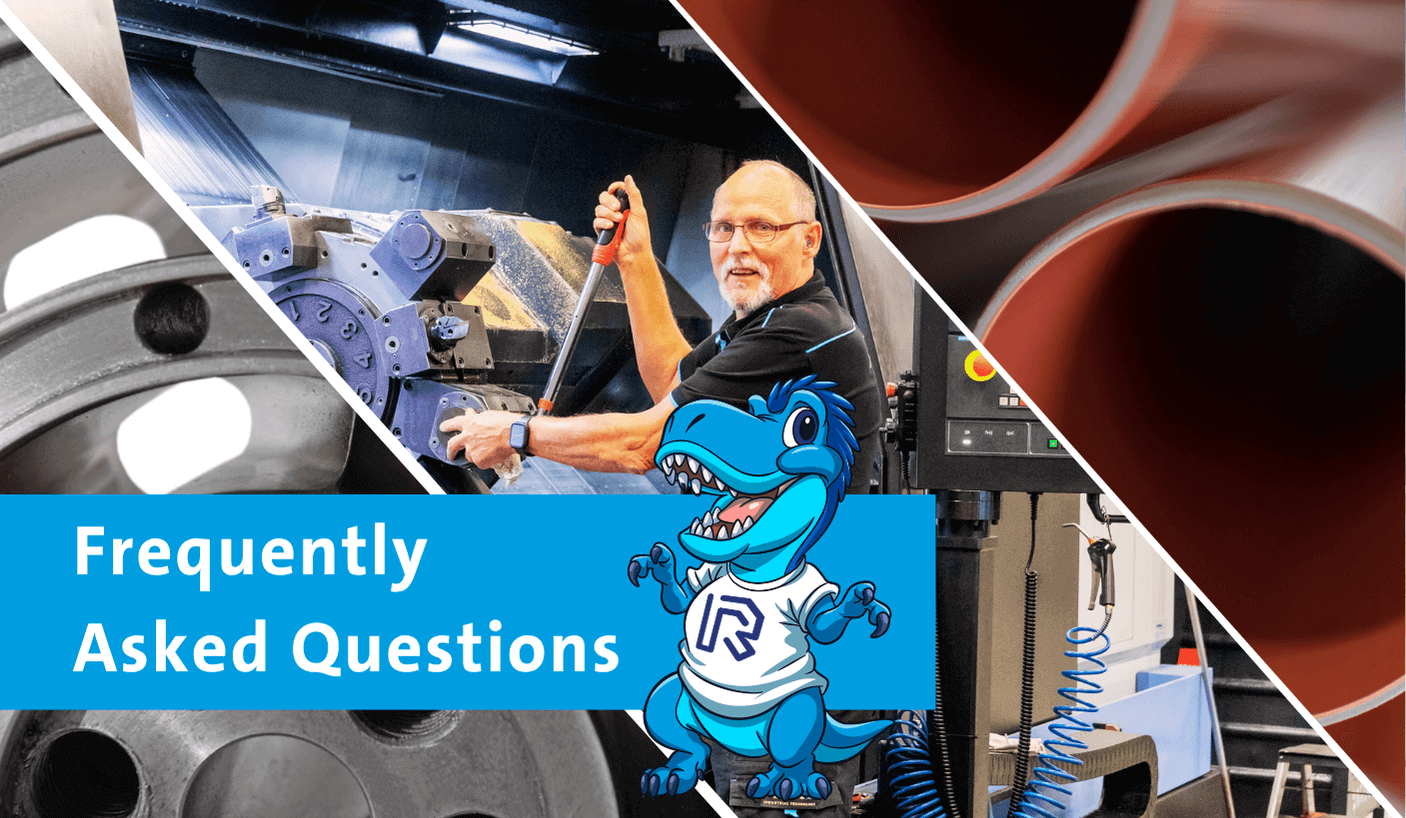
Life Cycle Analysis Considerations in Pipe Manufacturing
Life Cycle Analysis (LCA) is used to evaluate the environmental impact of products, including plastic pipes. The provided sources touch upon aspects of LCA, specifically focusing on the energy needed for manufacturing as part of the overall assessment.
Energy Use in Manufacturing
The energy required for manufacturing pipes is a component considered within LCA studies. Polyolefin (PO) materials generally require about three times more specific drive energy than PVC for pipe production.
Typical energy consumption distribution at an extrusion site is approximately 65% for Drive, 10% for Heating, and 25% for Mixers, pumps, coolers, etc.. An estimate for total electricity costs for a typical extrusion plant is around $75,- /ton.
Material Composition and Embodied Energy
PVC has a significant advantage in terms of embodied energy derived from fossil fuels because more than half of its composition is Chlorine, which is widely available from salt. This reduces the reliance on oil compared to polymers derived solely from petrochemicals.
Sustainability efforts, often aligned with LCA principles, involve reducing the amount of fossil fuels used per pipe length. This can be achieved through:
- Direct addition of fillers like CaCO₃ to replace polymer.
- Foaming the polymer core to replace material with gas.
- Using post-consumer recycled PVC.
- Combinations of these methods.
For pressure pipes, biaxially oriented PVC (PVCO) significantly reduces wall thickness (by more than half for the same pressure class) due to its higher strength (MRS 40-50 MPa vs. UPVC MRS 25 MPa) and lower safety factor. This means less material is processed for the same pipe length, improving sustainability.
The sources note that the LCA information presented, such as the manufacturing energy data, is not a full cradle-to-grave analysis and does not include recycling or disposal at end-of-life.
Technical Specifications/Considerations:
- Drive Energy: PO approx. 3x higher than PVC.
- PVC Composition: >50% Chlorine from salt.
- PVCO Advantage: Less than half the wall thickness of PVCU for same pressure class.
- Sustainability Methods: Filler addition, foaming, recycling.
FAQ Section
What is the main difference in energy consumption during manufacturing between PVC and PO pipes?
According to the sources, PO requires approximately three times more specific drive energy than PVC during pipe production.
How does the composition of PVC contribute to its sustainability compared to other plastics?
More than half of PVC is derived from Chlorine, sourced from readily available salt, which reduces the amount of oil-based material needed compared to many other plastics.


%20(1).jpg) Nick Belshof
Nick Belshof

